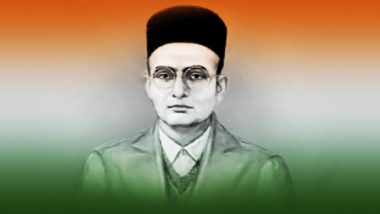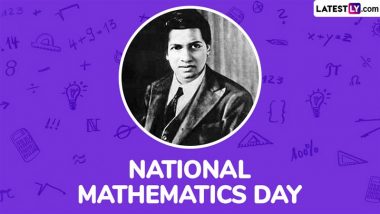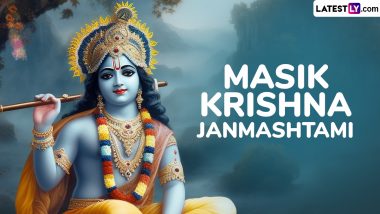Veer Savarkar also known as Vinayak Damodar Savarkar or VD Savarkar was born on May 28, 1883, in Nashik, Maharashtra. Savarkar was an Indian freedom fighter, activist, politician, lawyer, writer and formulator of the Hindutva philosophy. He is known for his Hindutva ideology and is highly regarded by the RSS and its organisations. He earned the nickname 'Veer' at the age of 12 when he led students against a group of Muslims for attacking his village. He had three siblings, brothers Ganesh, Narayan and sister Maina. Savarkar advocated Hindu religion and Hindutva in the country. On Veer Savarkar's 137th birth anniversary, we bring to you 8 interesting facts about the freedom fighter. Revisiting The Life of Veer Savarkar.
1. Vinayak Damodar Savarkar married Yamunabai in In 1901. She was the daughter of Ramchandra Triambak Chiplunkar. They had a son, Vishwas in 1925 and daughter Prabhat in 1928.
2. He is commonly known as 'Swatantryaveer Savarkar' in the Marathi language.
3. The airport at Port Blair in Andaman and Nicobar's capital was renamed as Veer Savarkar International Airport in 2002.
4. In 1911, he was sentenced to 50 years and was sent to the Cellular Jail in the Andaman and Nicobar Islands but was released in 1921.
5. In 1923, he founded the word "Hindutva" and said that India belonged to only those who had it as their holy land and their fatherland.
6. Veer Savarkar founded the two-nation theory in his book Hindutva calling Hindus and Muslims as two separate nations. The Hindu Mahasabha passed it as a resolution in 1937.
7. After Savarkar was released in 1924 he was not allowed to participate in political activities in five years. He then decided to work on the abolishment of untouchability in Ratnagiri.
8. As a young man, Veer was inspired by the ideologies of freedom fighters like Bal Gangadhar Tilak, Bipin Chandra Pal and Lala Lajpat Rai.
In his book, The History of the War of Indian Independence, Savarkar wrote about the guerilla warfare tricks used in 1857 Sepoy Mutiny. Although the book was banned by Britishers, Madama Bhikaji Cama published it in Netherlands, Germany and France, which eventually reached many Indian revolutionaries. In 1964, Savarkar declared his wish to attain Samadhi and began hunger-strike on February 1, 1966, and passed away on February 26, 1966. He said that his purpose in life has been solved as India has gained Independence.
(The above story first appeared on LatestLY on May 28, 2020 07:00 AM IST. For more news and updates on politics, world, sports, entertainment and lifestyle, log on to our website latestly.com).





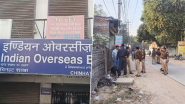
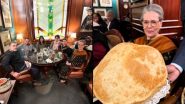


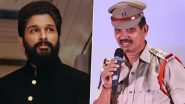



 Quickly
Quickly









